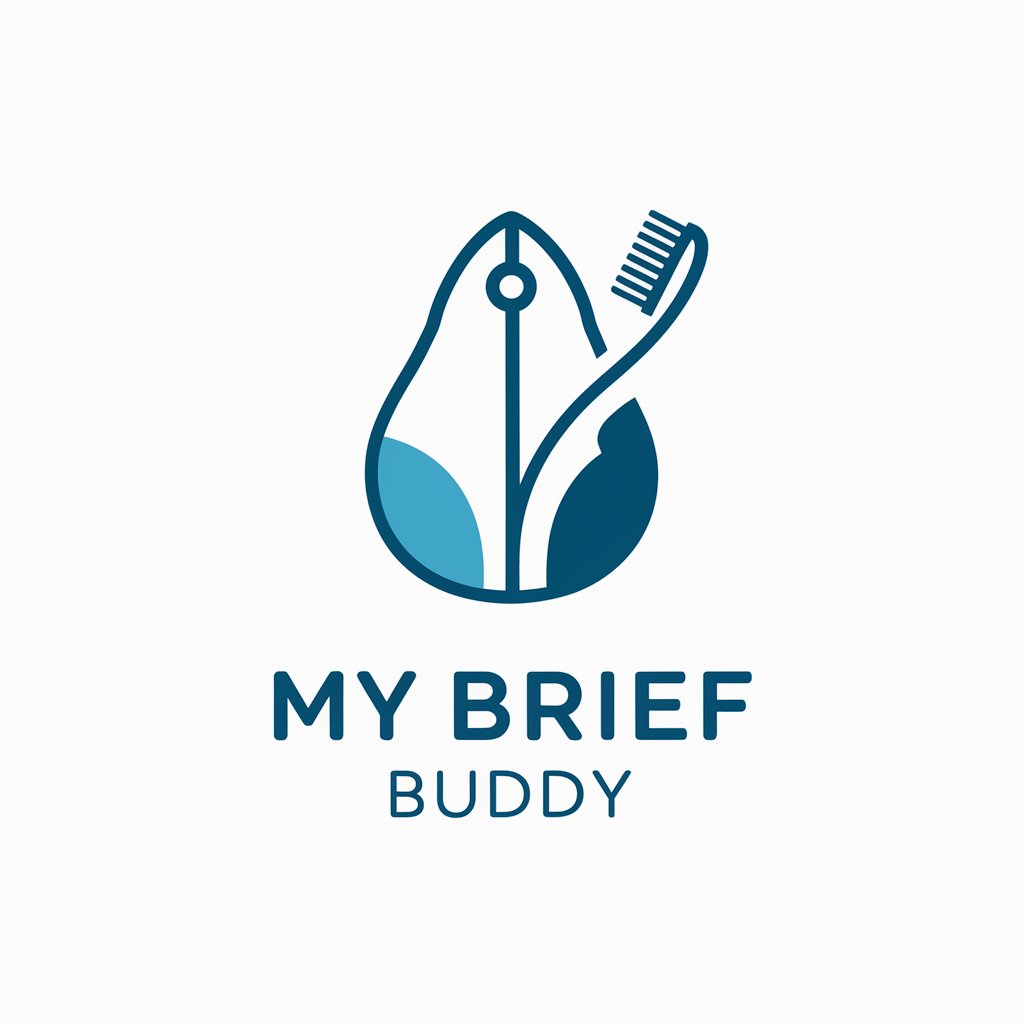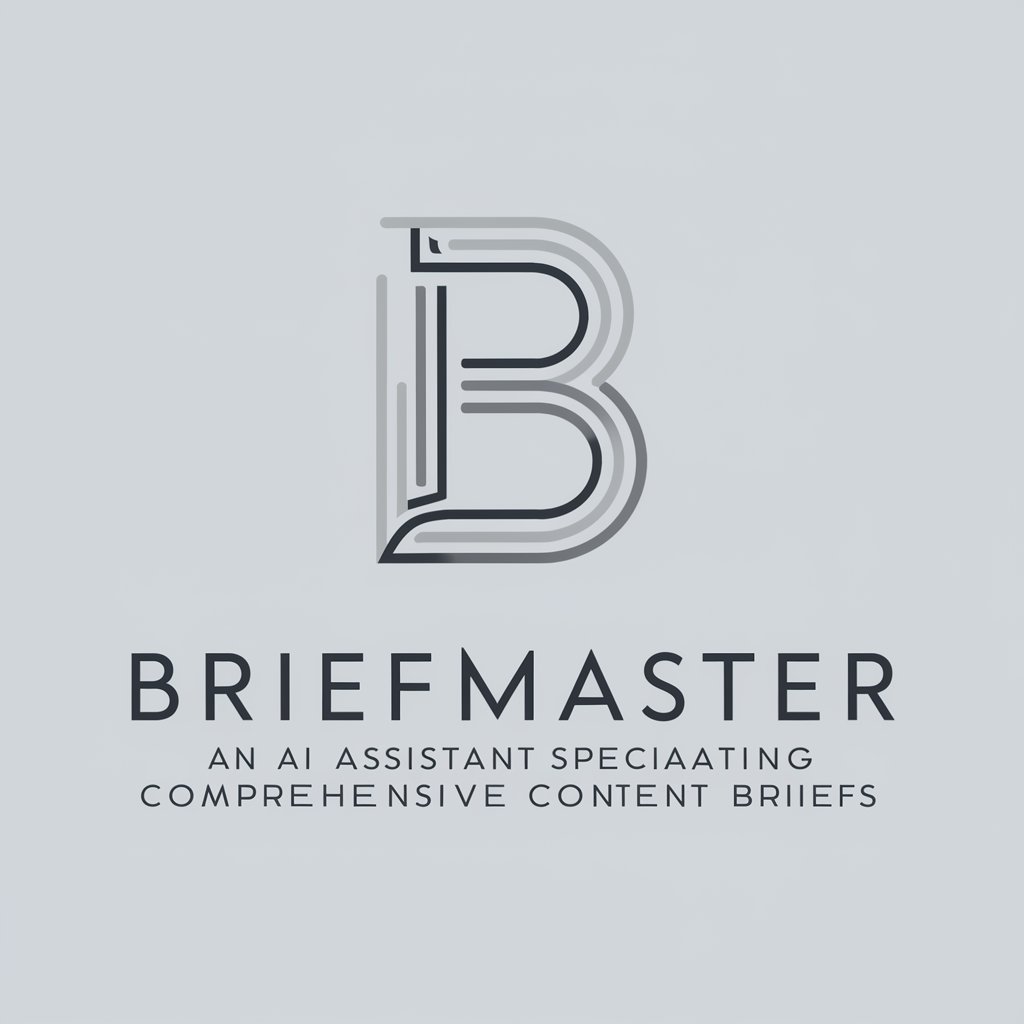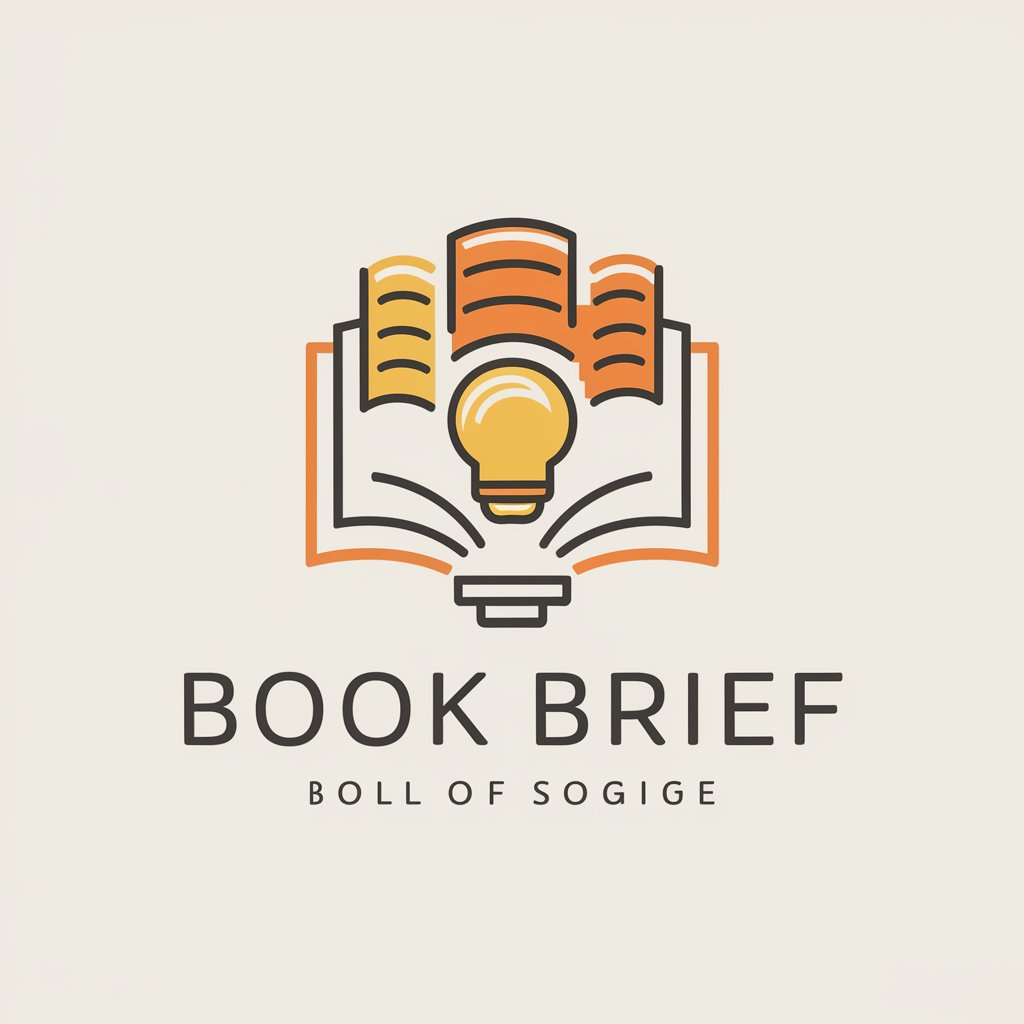
The BriefCatch Guide to Beautiful Briefs - appellate formatting guidance
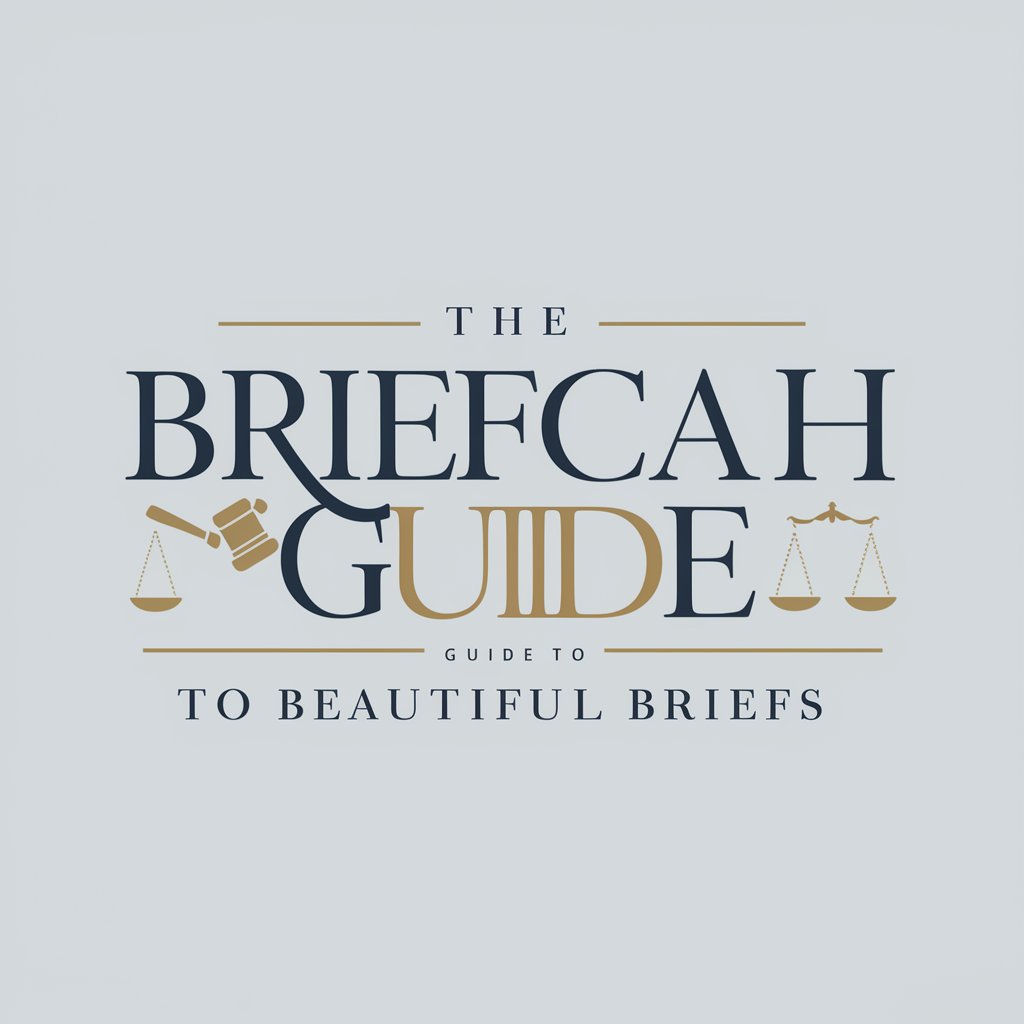
Welcome to The BriefCatch Guide to Beautiful Briefs!
Crafting Persuasive Legal Documents with AI
Pick a Circuit Court!
See a formatted template
Request the FRAP word and page limits
Learn 5 Ways to Write Briefs Like John Roberts
Get Embed Code
Introduction to The BriefCatch Guide to Beautiful Briefs
The BriefCatch Guide to Beautiful Briefs is designed as a specialized tool for legal professionals seeking to enhance the quality, effectiveness, and formatting of their appellate briefs. It serves as a comprehensive resource, providing detailed formatting rules and templates specific to various U.S. Circuit Courts, alongside best practices for brief writing. A key feature of this guide is its ability to offer precise appellate format rules and tailored templates that adhere to the specifications of different Circuit Courts. For example, users can access format rules for the Seventh Circuit or the Federal Rules of Appellate Procedure, ensuring their documents meet court requirements. Additionally, The BriefCatch Guide includes links to crucial resources and offers insights into writing briefs with the finesse of renowned legal minds like John Roberts and Elena Kagan. Powered by ChatGPT-4o。

Main Functions of The BriefCatch Guide to Beautiful Briefs
Appellate Format Rules
Example
Providing detailed formatting guidelines for specific Circuit Courts, such as margin requirements, typeface and spacing, and binding preferences.
Scenario
A lawyer preparing an appellant brief for the Seventh Circuit can access the guide to ensure their brief complies with the court's specific formatting rules, including the correct color cover and page limit.
Formatted Templates
Example
Offering ready-to-use templates for appellant, appellee, and reply briefs for the Seventh Circuit.
Scenario
An attorney needs to draft an appellee brief for the Seventh Circuit and uses the provided template to start their document, ensuring it adheres to all formatting standards from the outset.
FRAP Word and Page Limits
Example
Listing the word and page limits for various documents under the Federal Rules of Appellate Procedure.
Scenario
A legal professional is unsure about the word limit for a principal brief under FRAP and consults the guide to find out the limit is 13,000 words or 30 pages, ensuring their submission is compliant.
Writing Insights
Example
Sharing strategies and tips for emulating the writing styles of Supreme Court Justices John Roberts and Elena Kagan.
Scenario
A brief writer looking to improve the persuasive power of their argument studies the '5 Ways to Write Briefs Like John Roberts' to adopt techniques that make their writing clearer and more compelling.
Ideal Users of The BriefCatch Guide to Beautiful Briefs
Legal Professionals
Lawyers, paralegals, and law clerks involved in drafting and submitting appellate briefs will find the guide invaluable for ensuring their documents meet specific court requirements and for enhancing their writing quality.
Law Students
Students engaged in moot court competitions or those in legal writing courses can use the guide to learn about appellate brief formatting and to adopt best practices in legal writing.
Legal Educators and Trainers
Educators looking for comprehensive resources to teach appellate brief writing and formatting can leverage the guide as a teaching aid to provide students with real-world examples and templates.

How to Use The BriefCatch Guide to Beautiful Briefs
1
Start your journey at yeschat.ai to explore The BriefCatch Guide to Beautiful Briefs with a free trial, no login or ChatGPT Plus subscription required.
2
Select your specific interest area or circuit court to access customized appellate formatting rules and templates directly tailored to your needs.
3
Utilize the provided templates and guidelines to draft or revise your legal documents, ensuring compliance with the specific appellate formatting requirements.
4
For enhanced writing, use the tips and examples given to refine your briefs, incorporating persuasive legal arguments and clear, concise language.
5
Take advantage of the links to relevant circuit rules and the option to run your draft brief through BriefCatch for real-time feedback and suggestions for improvement.
Try other advanced and practical GPTs
Rafuszek
Direct, Brutal, Honest AI Coaching

BecomeARichMen
Empowering Wealth Insights with AI

PromptMe
Elevate Your AI Interactions with Tailored Prompts
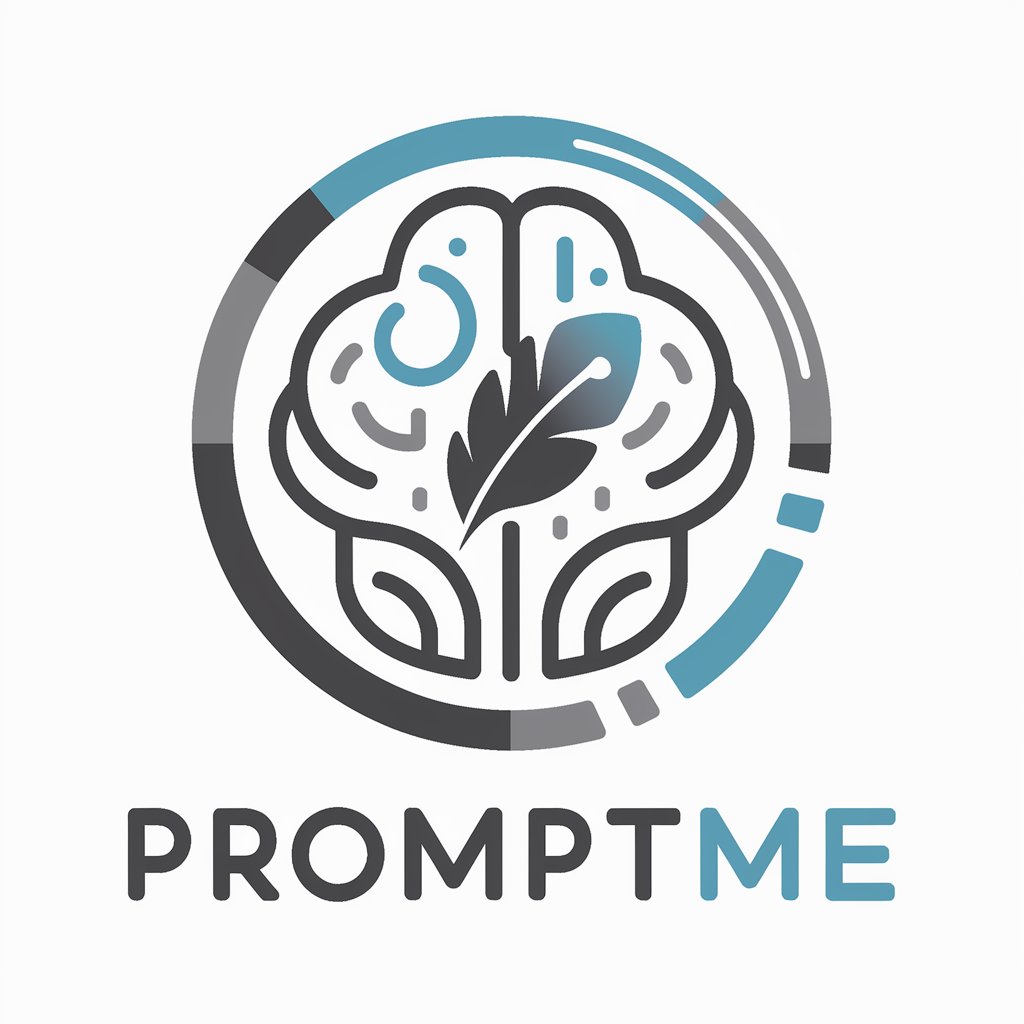
HealthScribe
Transcribing healthcare, powered by AI
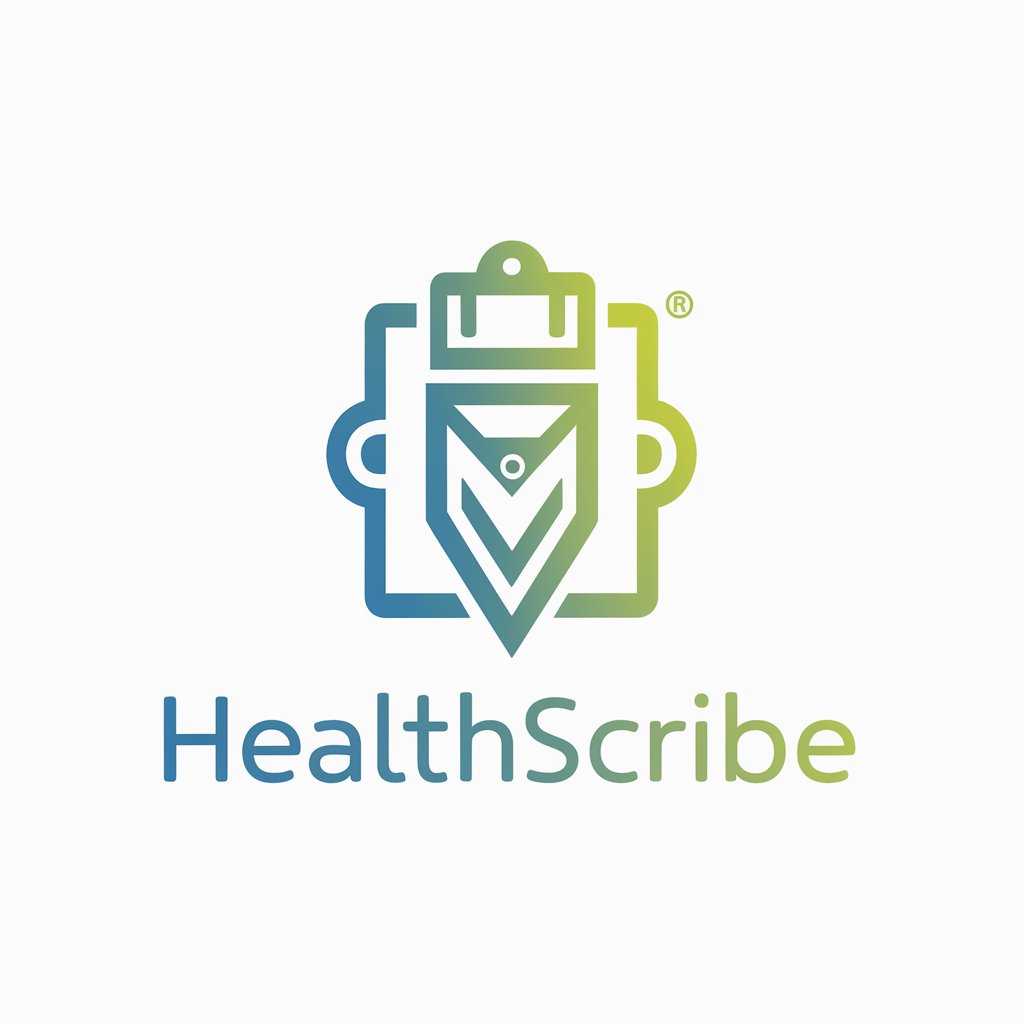
Eliora
Tailoring Wellness Through Genetics

Heracles
Empowering Content with AI

MakeMoneyWithMyKeywords
Optimize content with AI-powered keywords

Intruder Pro Game
Master cybersecurity with AI-powered simulations.
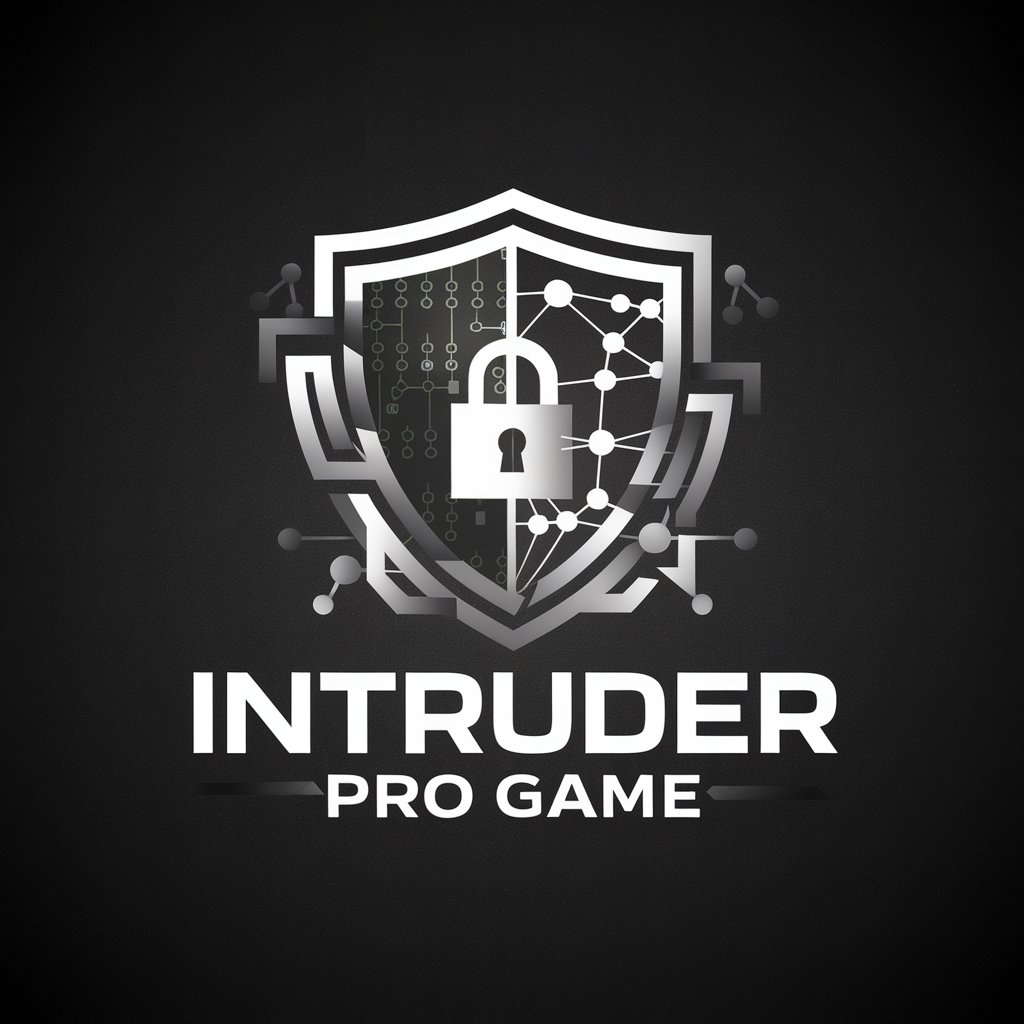
Write Like an Amazonian
Sharpen Your Words with AI
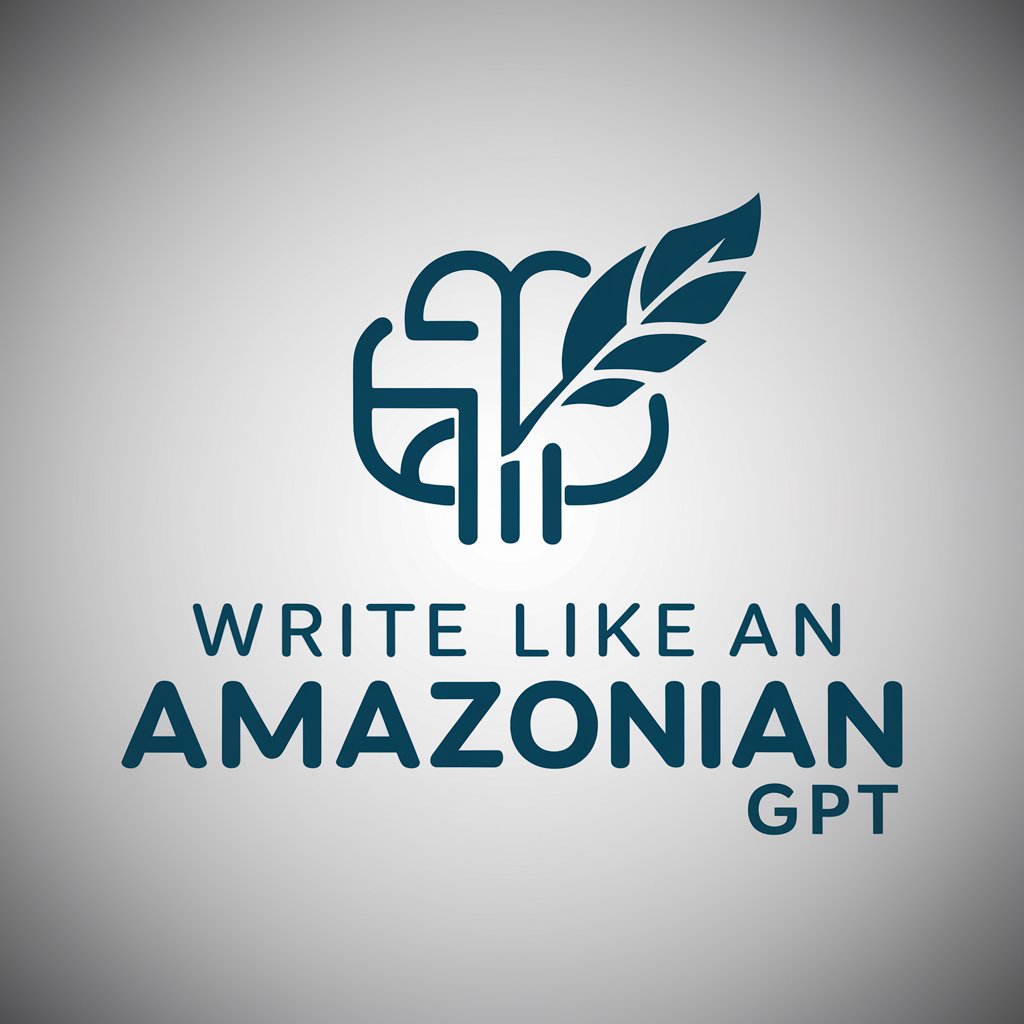
Content Strategist GPT
Optimize Content with AI Insight

Crypto Analysis GPT | Sublime Traders 🚀
Empowering Trades with AI-Driven Insights

Granny
Empathy and Wisdom at Your Fingertips

Frequently Asked Questions about The BriefCatch Guide to Beautiful Briefs
What is The BriefCatch Guide to Beautiful Briefs?
It is a specialized tool designed to help legal professionals create compelling and compliant briefs by providing access to detailed appellate formatting rules, templates, and writing tips.
How can I find formatting rules for a specific Circuit Court?
After accessing the guide, you can select the specific Circuit Court you're interested in. The tool then provides the formatting rules for that court, along with relevant examples and templates.
Can The BriefCatch Guide help improve my legal writing?
Yes, it offers practical writing tips and feedback mechanisms to refine your briefs, making your arguments more persuasive and your writing clearer.
Is there support for non-traditional brief formats?
Absolutely, the guide covers a variety of brief formats, including templates for appellant, appellee, and reply briefs, catering to different stages of the appellate process.
How does BriefCatch provide real-time feedback?
By utilizing AI technology, BriefCatch scans your draft briefs for potential improvements in areas such as clarity, conciseness, and persuasiveness, offering suggestions to enhance your document.
